Applications for Ohio Farm Bureau Health Plans now available
Members have three ways to apply: contacting a certified agent, calling 833-468-4280 or visiting ohiofarmbureauhealthplans.org.
Read MoreFor many farmers, retirement is just not something they intend to do. While the average age of a U.S. farmer continues to climb and now stands at 57.5 years, health issues may force some operators to retire or semi-retire from the day-to-day farm activities earlier than intended. A large consideration facing aging farmers or ranchers is the health care options available to them and how they will pay for these services. For many Americans 65 and older, the answer is Medicare.
Individuals are entitled to Medicare so long as they are a U.S. citizen or permanent legal resident of the U.S. who has lived in the U.S. for at least five years. The program’s benefits can be great but determining the participation level to elect can be somewhat confusing.
Most farmers qualify for Part A coverage under Medicare at no out of pocket expense so long as either the individual or his or her spouse has paid Medicare taxes for at least 10 years. Care under Part A only covers inpatient hospital stays and/or a skilled nursing facility. This leaves many individuals seeking additional coverage for doctor services, outpatient care, vision, dental, hearing and potentially other care needs not covered under Part A. These additional services are generally covered though Part B and Part C of Medicare. However, unlike Part A, individuals wishing to participate in these additional coverages will be required to pay the additional premiums associated with those plans. Combined costs could be hundreds of dollars monthly and prove to be burdensome to not only the individual but potentially the farm as well.
One way to plan for these costs is to set aside funds to provide the additional level of income that will be needed to pay for these premiums. To determine the appropriate amount of funds to set aside, it is critical to determine what coverage is desired and its associated cost. Nationwide, in partnership with leading physicians and other professionals, created a tool that analyzes your personal health and lifestyle information, healthcare costs based on your region, actuarial data and medical coverage to estimate the additional costs of healthcare beyond your Medicare Part A coverage.
To learn more, register for an online learning session.
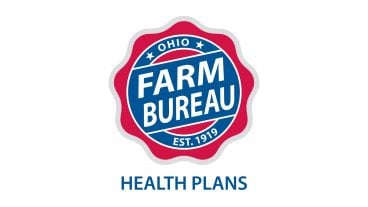
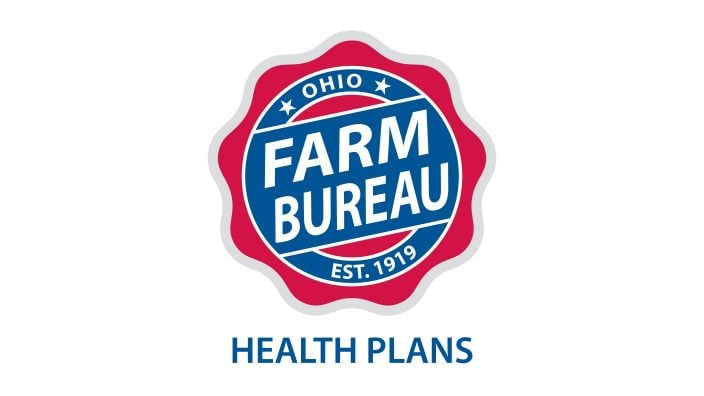
Members have three ways to apply: contacting a certified agent, calling 833-468-4280 or visiting ohiofarmbureauhealthplans.org.
Read More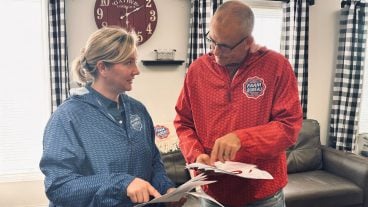
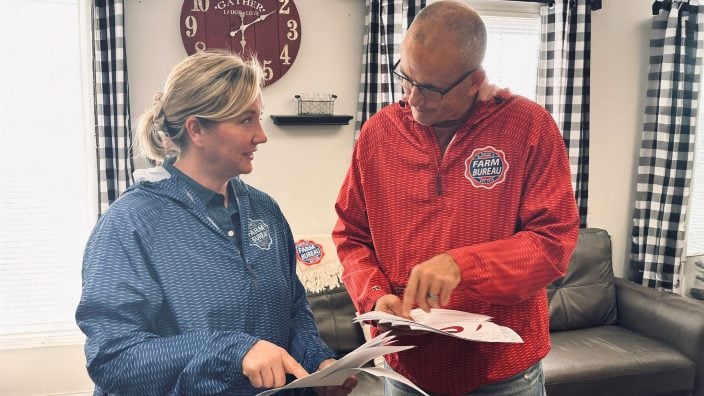
One of the best decisions Shannon and Heather Utter made a few years ago was looking into a Farm Bureau member benefit that has ended up saving them thousands of dollars on their energy bills.
Read More

Ryan Hiser has experienced first-hand the importance of having the opportunity to vote on issues that will affect his family operation and other farmers.
Read More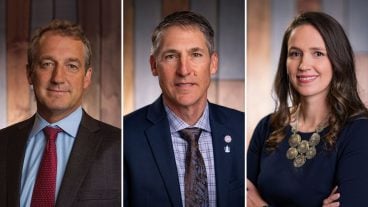
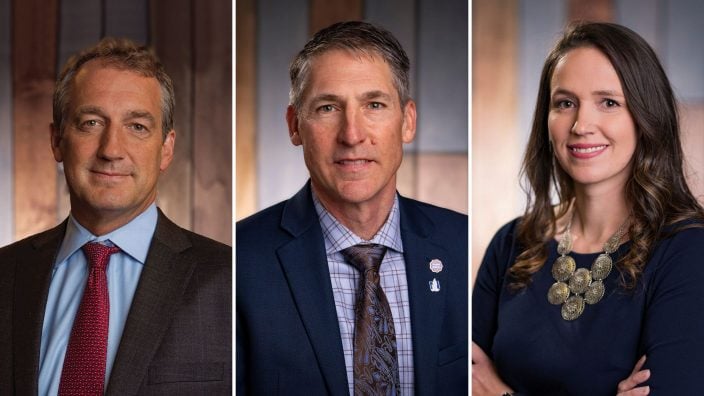
Bill Patterson, Cy Prettyman and Adele Flynn will continue to serve as officers for Ohio Farm Bureau Federation.
Read More

Delegates discussed many topics impacting agriculture including farmland preservation, local foods, and succession planning.
Read More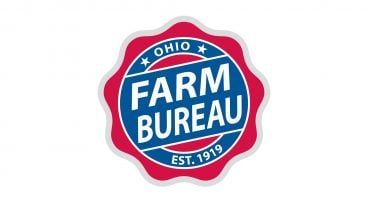
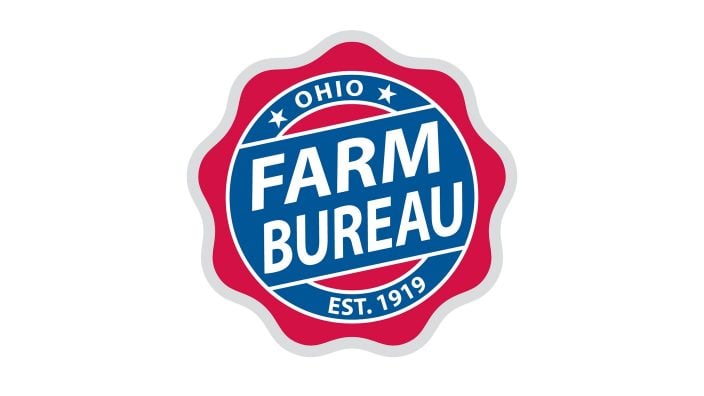
Twenty-six farmers govern the state’s largest farm and food organization.
Read More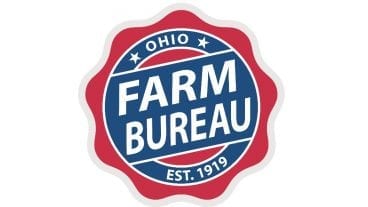

The 2025 recipients are Fred Cooke (posthumous) of Richland County, Marvin Dietsch of Williams County, Steven Knollman of Hamilton County and Michele Miller (posthumous) of Ottawa County.
Read More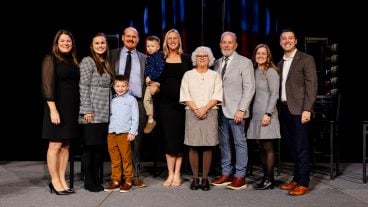
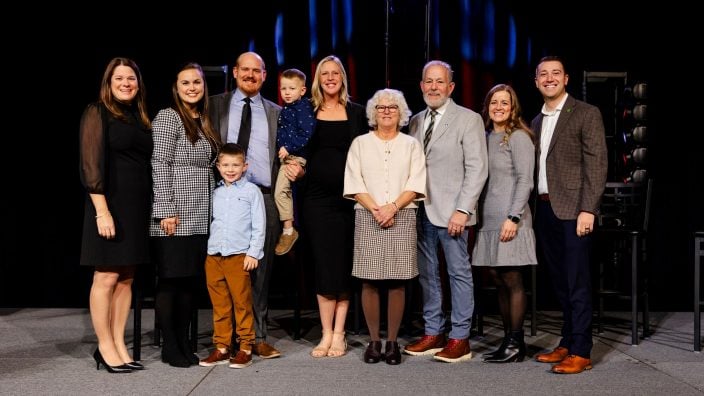
Nathan and Jill Parriman grow seasonal crops, including Christmas trees, pumpkins and cut flowers, providing U-cut experiences that invite customers to engage directly with agriculture.
Read More
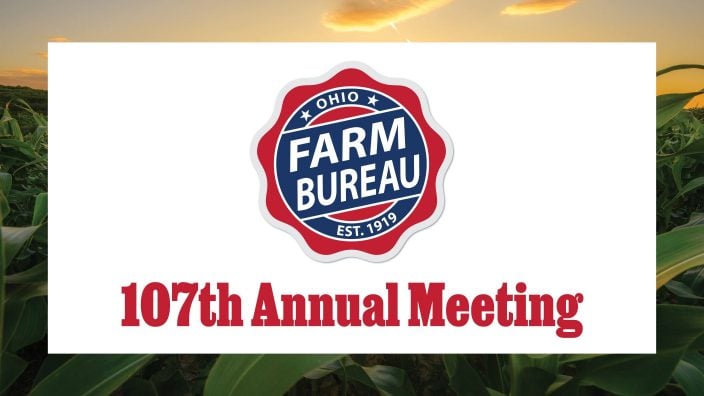
The 2025 Distinguished Service Award recipients are Craig Adams, Mike Townsley, and Kellogg Farms, Kurt Farms and Stateler Family Farms.
Read More

Ohio Farm Bureau Treasurer Adele Flynn participated in the meeting, representing Ohio farmers.
Read More